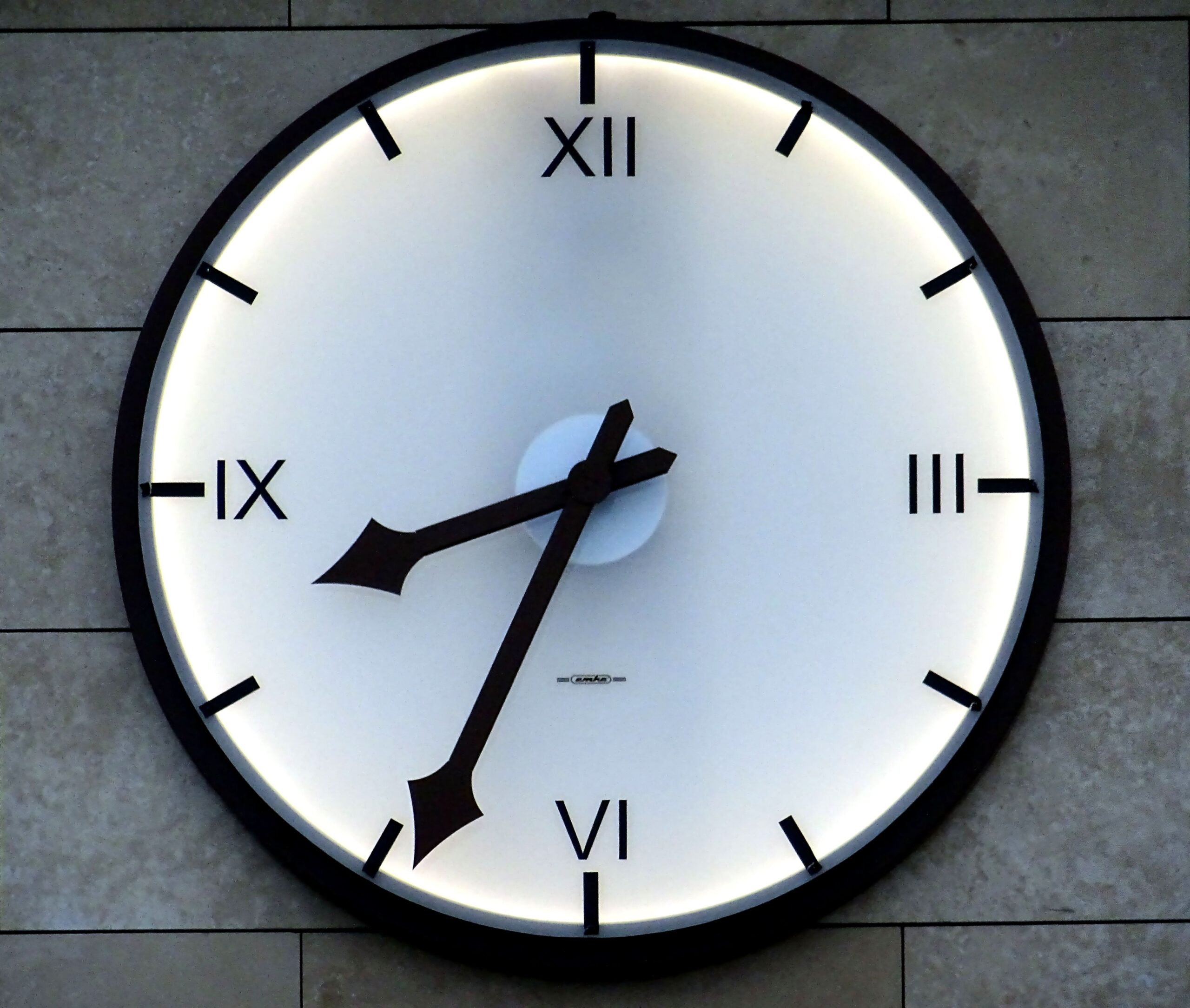In Utah, like in other states, bankruptcy laws offer a structured process for debtors to seek relief from creditors and regain financial stability. However, the option to file for bankruptcy is not without limitations, and understanding these constraints is crucial for individuals navigating financial distress. Let’s talk about how many times you can file bankruptcy in Utah.
Bankruptcy Basics:
Bankruptcy is governed by federal law, primarily under the Bankruptcy Code. It provides individuals and businesses with various forms of relief, including liquidation (Chapter 7) and reorganization (Chapter 11 and Chapter 13). These chapters offer different pathways to address debt, allowing debtors to discharge certain obligations or restructure payments to creditors.
Limits on Filing Bankruptcy:
While bankruptcy provides a lifeline for those overwhelmed by debt, it is not a tool for repeated financial mismanagement. The Bankruptcy Code imposes restrictions on the frequency with which individuals can file for bankruptcy to prevent abuse of the system. These limitations aim to strike a balance between providing relief to honest debtors and preventing strategic exploitation of the process.
Chapter 7 Bankruptcy:
In Chapter 7 bankruptcy, the debtor’s non-exempt assets are liquidated to pay off creditors, and remaining eligible debts are discharged. However, individuals cannot file for Chapter 7 bankruptcy indefinitely. The law mandates a waiting period between filings to discourage serial abuse of the system. In Utah, the waiting period between successive Chapter 7 filings is eight years from the date of the previous filing. This requirement ensures that debtors cannot repeatedly discharge debts through Chapter 7 bankruptcy within a short timeframe.
Chapter 13 Bankruptcy:
Chapter 13 bankruptcy involves creating a repayment plan to reorganize debts over three to five years. Unlike Chapter 7, there is no specific waiting period between Chapter 13 filings. However, debtors must have completed previous bankruptcy cases to receive a discharge in subsequent filings. This means that if a debtor received a discharge in a prior Chapter 13 case, they must wait two years before filing another Chapter 13 case to receive a discharge. If the previous discharge was in a Chapter 7 case, they must wait four years to file under Chapter 13 and receive a discharge.
Implications of Multiple Filings:
Repeated filings for bankruptcy can have significant consequences beyond the legal waiting periods. Each bankruptcy filing remains on the debtor’s credit report for several years, impacting their creditworthiness and ability to obtain loans or credit cards in the future. Additionally, creditors and the bankruptcy court may scrutinize multiple filings more closely, raising questions about the debtor’s financial management and intentions.
Bankruptcy laws in Utah provide a mechanism for individuals to obtain relief from overwhelming debt burdens while balancing the need to prevent abuse of the system. The limitations on filing frequency aim to ensure that bankruptcy remains a viable option for honest debtors while discouraging strategic manipulation of the process. Understanding these limitations and exploring your best options is what we do. Contact the team at the Utah Bankruptcy Guy and let us help you get a fresh financial start.
